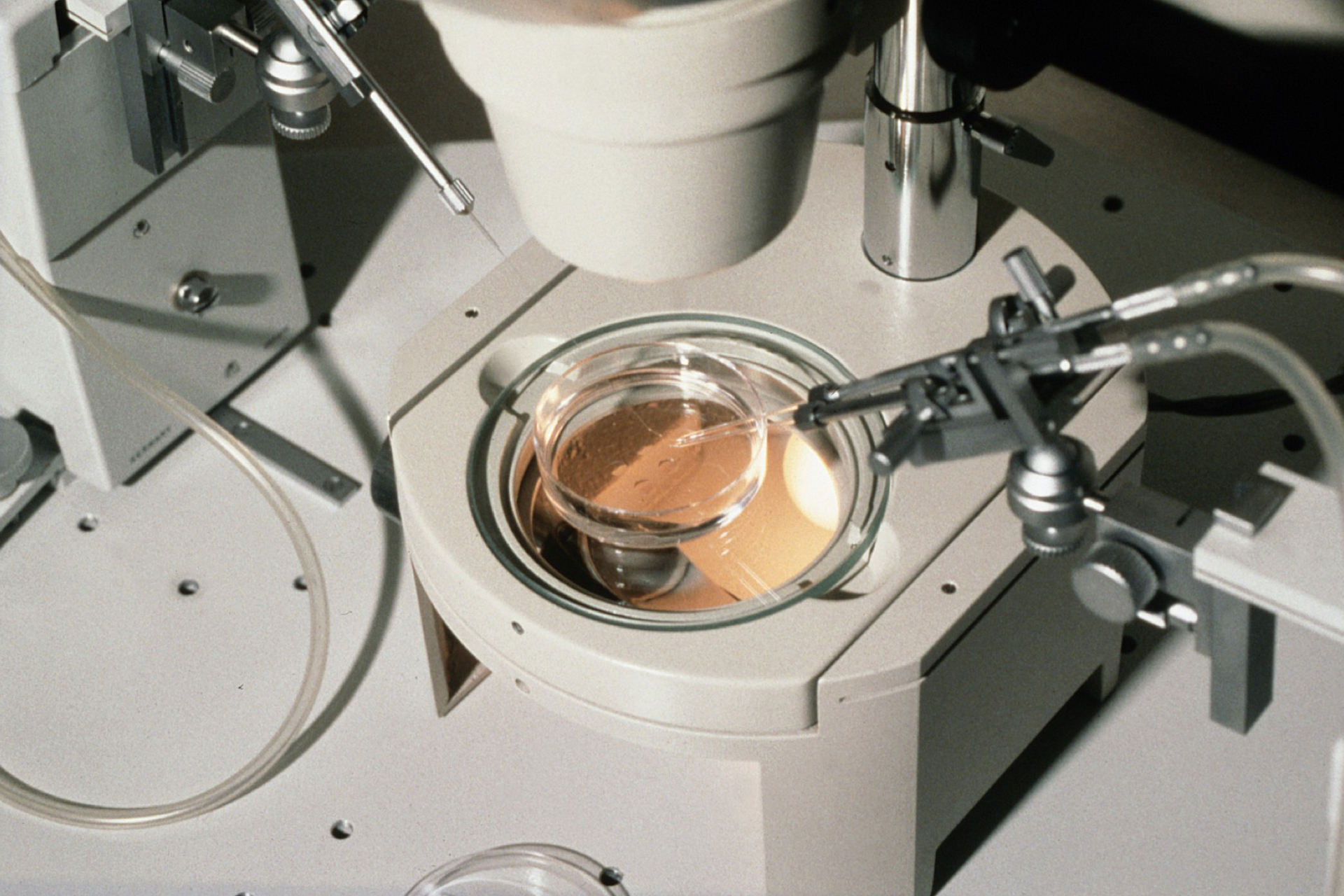In the recent case of R (on the application of Elizabeth Rose) v Thanet Clinical Commissioning Group (CCG), in which I was instructed by Elizabeth Rose, the High Court was asked to consider whether a policy denying funding for cryopreservation of oocytes — a treatment recommended by the National Institute for Health and Care Excellence (NICE) — was lawful.
Lizzy is a young artist living in Kent, within an area for which Thanet CCG is the responsible commissioning group. For over a decade she has suffered severe Crohn's disease, yet still managed to obtain a degree and go on to work in an art gallery. Sadly her health declined to the point she is unable to work and her treating clinicians at King's College hospital recommended she undergo a novel bone marrow transplant procedure aimed at putting her Crohn's into remission. As part of this treatment she will require chemotherapy, and was advised this is high likely to render her infertile. Her clinicians therefore supported her in seeking fertility preservation treatment.
Lizzy was initially refused last year by the CCG, and after instructing Leigh Day in March this year, her request was refused again. Leigh Day therefore issued a legal challenge to the lawfulness of the decision.
The legal claim consisted of a request to quash the past refusals (made under a 2009 policy) and to challenge the current policy under which any fresh decision would be made. Both policies expressly denied funding for oocyte cryopreservation.
We argued that the denial of funding was unlawful because it failed to put into practice the recommendation made by NICE's fertility guideline, Clinical Guideline CG156, that this treatment should be offered. CG156 repeated the wording of the previous guidance set out in Clinical Guideline 11 that recommended oocyte cryopreservation should be offered to woman about to undergo gonadotoxic treatment.
As the Court summarised, the recommendation was described as 'new 2013' under the CG156 guideline 'because the evidence had been reviewed and NICE was no longer recommending that patients be advised that this treatment had very limited success...this was a "strong" recommendation in the sense that it was confident that the intervention would do more good than harm for the vast majority of patients, and would also be cost-effective'.
We further argued that as Thanet CCG's policy provided treatment for men in Lizzy’s position but not women, the denial engaged the CCG's duties to minimise discrimination and inequalities and the CCG had failed to take this into account. Indeed NICE CG156 had considered this very issue when publishing its updated guidelines and concluded: 'where there were no specific biological or safety considerations, there should not be any barriers to referral for cryopreservation for men and women with cancer'.
The CCG robustly opposed the legal challenge and their primary position was that the NICE guidelines were simply a relevant consideration and no more (and certainly not legally binding) and that the CCG did not consider there was a sufficient evidence base for this treatment despite the position taken by NICE.
On 15 April 2014 the High Court handed down its judgment and although it declined to quash the previous refusals of treatment (as the 2009 policy itself was not considered unlawful), the Court did importantly rule that the CCG's current policy denying funding for oocyte cryopreservation was unlawful.
Of particular note is Mr Justice Jay's findings that the CCG had an obligation 'under the NHS Constitution is to make rational funding decisions grounded on a proper appraisal of the evidence base…[and] to have regard to the relevant NICE guideline and to provide clear reasons for any general policy that does not follow it'.
Applying this to the facts of Lizzy's case, the Court summarised the issue before declaring the CCG's policy refusing funding for oocyte cryopreservation as follows:
...the issue in the instant case is whether CCGs may legitimately disagree with NICE on matters concerning the current state of medical science. NICE's view is that the evidence base supports the effectiveness of oocyte cryopreservation, and the CCG's sole basis for not following the NICE recommendation is that it disagrees. No basis or reasoning on grounds of exceptionality has been put forward. In my judgment the Defendant could have found other reasons for not following the NICE recommendation, but not this one. It follows that the new ART policy is unlawful (1).
The Court also criticised the CCG's failure to have 'due regard' (as required by section 149 Equality Act 2010) to the need to eliminate discrimination and advance equality of opportunity between men and women (known as the public sector equality duty). Although the CCG had carried out an equality scoping exercise which identified the difference in treatment for males and females under their policy, the Court stated the CCG's failure to do more 'comes very close to paying lip-service to the section 149 obligation'.
The Court went on to outline that what was required from the CCG was 'clear reasons and an appropriately in-depth approach', rather than 'the most gentle of genuflections towards the statutory obligation'.
So where does this leave Thanet CCG and other CCGs who have policies refusing funding for oocyte cryopreservation? Put simply, absent any very good reason for departing from the NICE recommendation to offer this treatment, these CCGs are acting unlawfully and will be open to legal challenge. It is also now strongly arguable that this ruling applies to other areas of medical treatment and that strong recommendations by NICE must be followed unless there are good reasons not to. This may go some way to minimising the current postcode lottery or there may be an appeal and then we will have to wait to hear what the Court of Appeal decides on this issue.




Leave a Reply
You must be logged in to post a comment.